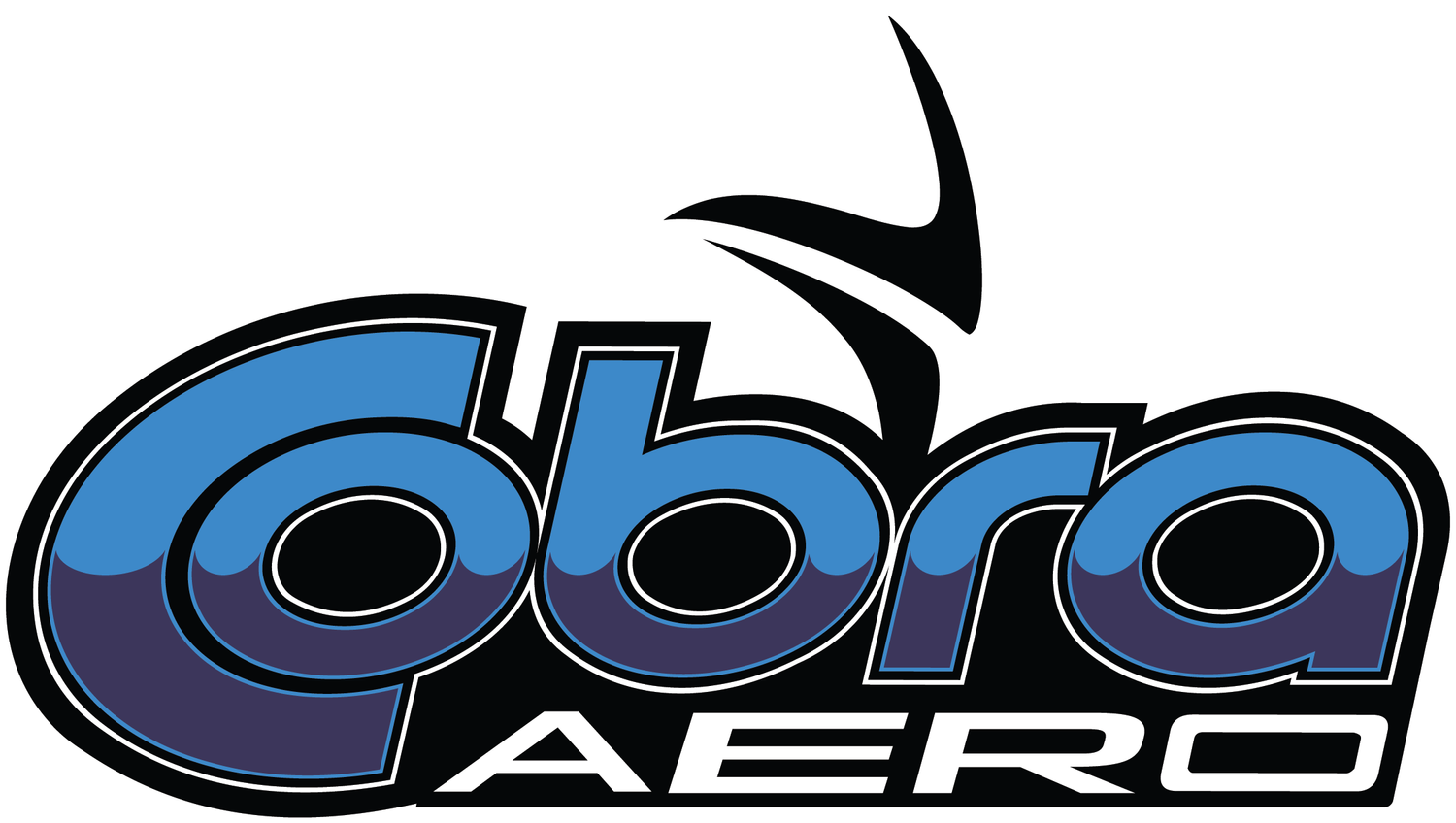Figure 1. Overall A33 Duct Geometry
Ducts like the one shown in Figure 1 are typically used on air-cooled aircraft engines for three purposes:
They enhance cooling of the engine by accelerating air flow over the cylinder fins
They help steer air flow to critical ‘hot spots’ such as the cylinder head and exhaust area, and
They reduce engine cooling under certain operating conditions by closing the active inlet control flap. Such conditions include aircraft descents where the engine is typically running at a very low power condition.
The Cobra AERO team recently conducted a study using Computational Fluid Dynamics (CFD) to improve the A33 duct performance. This study was conducted to ensure that the duct was flowing cooling air over the cylinder as designed (i.e. no flow separation or ‘dead zones’), and to further optimize the duct to improve cooling around the critical exhaust area. The results show success along both fronts.
We had two major take-aways from this study:
Figure 2. Particle Traces at inlet velocity of 30m/sec.
The inlet of the duct was performing well. Namely, we were not seeing any flow separation between the inlet and the cylinder. The duct diverges downward to deliver cooling air to the base of the cylinder and the critical exhaust port area, so if flow separation was occurring, then this could starve this area of much needed airflow. The flow lines in Figure 2 show that even under the worst boundary conditions (airspeed of 18m/sec – Lowest Reynolds Number tested), that the flow maintains attachment to the bottom section of the duct.
We were able to use this study to optimize cooling flow over the cylinder. This included improving the cooling around both the cylinder head and the exhaust port area (both ‘hot spots’ on an engine). The optimization process consisted of first running our baseline configuration. We noticed that the flow over the exhaust port was almost stagnant (and thus not aiding in the transfer of heat), and so we modified the duct to bias more air flow over the exhaust side of the cylinder. The end result was increased flow speed over the exhaust port and thus improved cooling performance.
Figure 3. Baseline and as-modified particle tracking comparison.
As a final look at the exhaust side of the cowl, Figure 3 compares the baseline cowl with the modified one. The left-side shows the baseline condition, and on the right is the modified cowl. The modified cowl shows improvement in exhaust-side air flow both above and below the exhaust port.
The bottom line is that the optimized cowl will cool the engine more efficiently, and we verified that the inlet shape is acceptable as-is. If you want more details about the modeling methodology and results, you can find the full technical report here.

